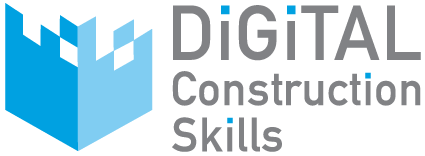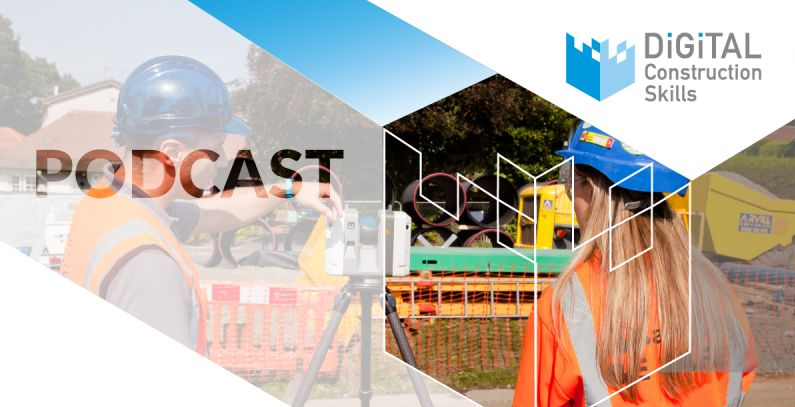Three top reasons why organisations fail to learn – and how to avoid failure if you’re a construction industry SME introducing new digital tools
A famous study carried out in 2005 by organisational behaviour experts Philippe Baumard and William H Starbuck identified five common barriers that prevent organisations from learning:
- Learning is inconvenient because it’s seen as conflicting with other priorities, typically productivity.
- Learning is good but it’s time consuming and expensive in terms of cost and effort.
- Learning is risky and is an admission of being weak or inadequate.
- Learning is a threat against a person’s or leader’s own position.
- Learning goes against the values of the person or the organisation.
If barriers 4 and/or 5 above exist in an organisation, it’s unlikely their leaders will be reading this blog post! So, let’s focus on how you can resolve the first three issues and avoid being left behind in the push to adopt new technologies.
First, let’s look briefly at motivation to learn…
Why construction SMEs should be learning about digital tools
Boost your ability to cope with change
In his book Safety-II in practice, developing the resilience potentials , resilience expert Erik Hollnagel identifies the potential to learn as one of the four fundamental pillars that every organisation should pay attention to. Why? According to Hollnagel, without learning, an organisation will become stuck in the same way of working and be unable to adjust to a changing environment. That makes coping with new types of threat, such as COVID, impossible.
Bridge the gap between the technology and the skills to use it
We are well and truly into the digital age and the need for learning new things and acquiring new skills has never been so great. Much of the technology and digital solutions that can help construction business with operational productivity and efficiency have been readily available and in use since the mid-1990s. When it comes to the implementation of technology and digital transformation, though, there is a widening knowledge gap and it’s clear there is a huge learning deficit that needs to be addressed.
The solutions
Is there a way to integrate the potential to learn in relation to technology adoption in construction (particularly if you are a construction SME business who feels increasingly bewildered by the technology and left behind) whilst, at the same time, addressing with confidence the huge learning deficit, at little or no cost or risk?
Well, yes! Here’s how….
1: Learning is ‘inconvenient,’ so…
…use eLearning to make it more convenient for people to study at a time, place and pace that suits them . With free eLearning modules such as Getting started with digital construction , you can:
- Make learning accessible to as many people in your organisation as possible to get people engaged and excited about the technology and its potential. There is no good reason to attend a classroom course or take a whole day off to acquire basic knowledge about digital tools and solutions in construction.
- Involve people from all backgrounds and disciplines and at all levels with the learning. You don’t need to be technically-minded to benefit from courses such as Getting started with digital construction and Taking digital construction to the next level . They are written in a way that means all disciplines can learn and get involved with the process.
Feedback on the Getting started with digital construction eLearning course
As the Commercial Manager of respected civil engineering company, Mackenzie Construction, writes,
“This is a good entry-level course which will help with understanding the power in digitising how we communicate and share key information.”
Additionally, a Graduate Quantity Surveyor from Mackenzie Construction said,
“…it was very interesting; the regular testing kept you really involved! I did my dissertation on whether innovative technologies have the potential to combat the negative perceptions that surround modern construction. So, it was great to see other forms of technology that I hadn’t seen before, how they could be applicable to our roles and how they can help us improve. There were some new ideas that could be easily implemented in many companies which, after the initial period for staff training, would allow them to reap the benefits!”
2: Learning is expensive, so…
…reduce the time, cost and effort to learn.
The DCS eLearning modules are free (and will always be), thanks to full funding support from the CITB.
Each module takes about 1.5-2 hours to complete and they can be done at a time, place and pace that suits the delegates.
As a bonus, each course can be done as many times as you want and can be freely shared with others.
3: Learning is risky, so…
…de-risk the learning process by assembling a team of digital champions or senior decision makers for a fully-funded, CITB-assured, in-house digital strategy workshop.
Thanks to fully-funded support from the CITB, Digital Construction Skills can facilitate in-house company workshops to help you:
- Identify problems within your business that can be resolved using digital tools,
- Discover what other learning, skills and competencies need to be considered, and
- Map out a digital journey and learning process that aligns with your business plan and a shared company vision and set of values.
As these in-house workshops are entirely confidential, the specifics of the learning and training will not be shared with anyone else.
The detail…
For detailed information on fully-funded workshops and eLearning from DCS:
Download the DCS course brochure. Both the Getting started with digital construction and Taking digital construction to the next level courses can be provided in-house.
Browse the eLearning modules :
- Getting started with digital construction
- Taking digital construction to the next level
- Driving behavioural change in digital construction
- Legal & contractual elements of digital construction
- HR and digital construction
Your questions answered…
Get in touch with Chris at DCS.


